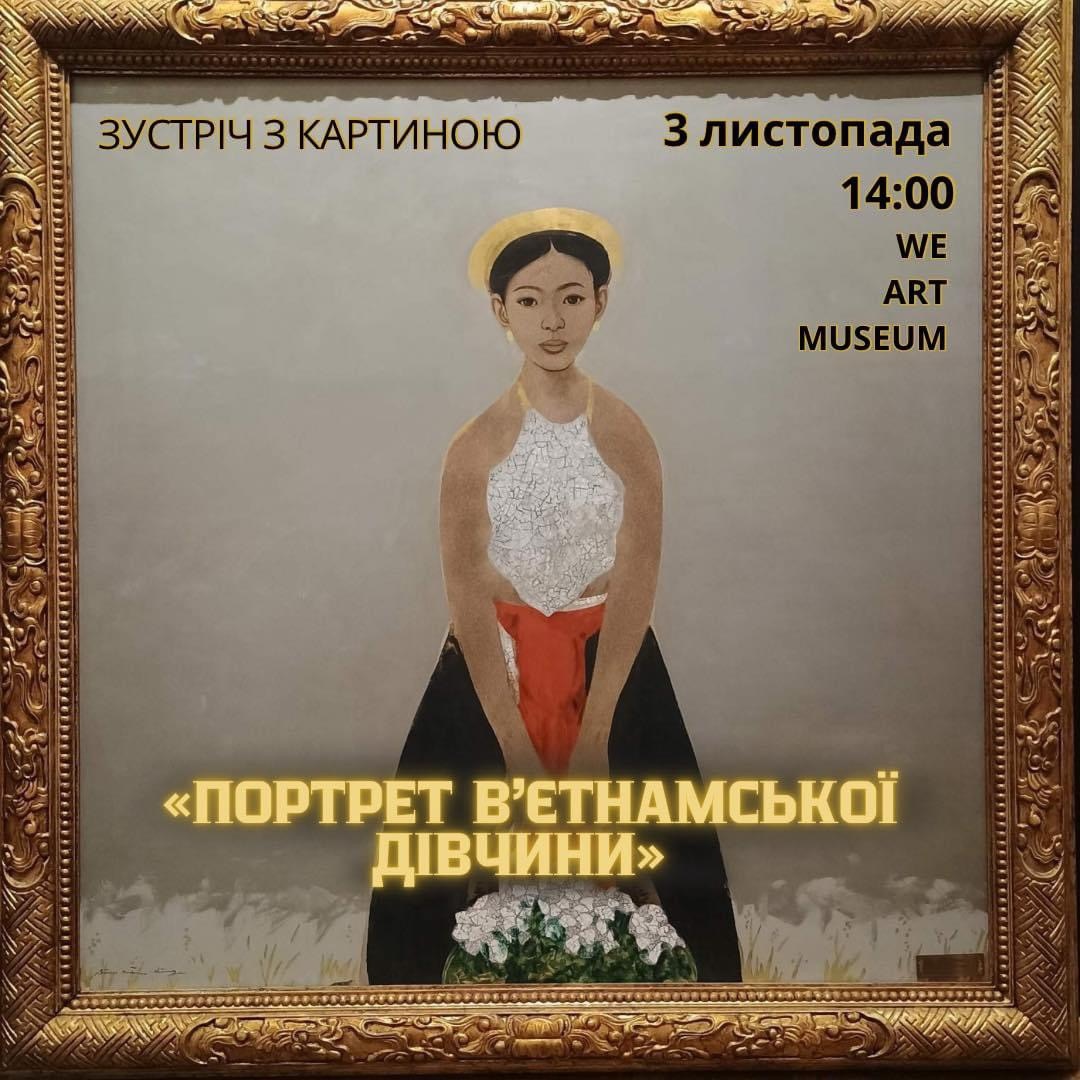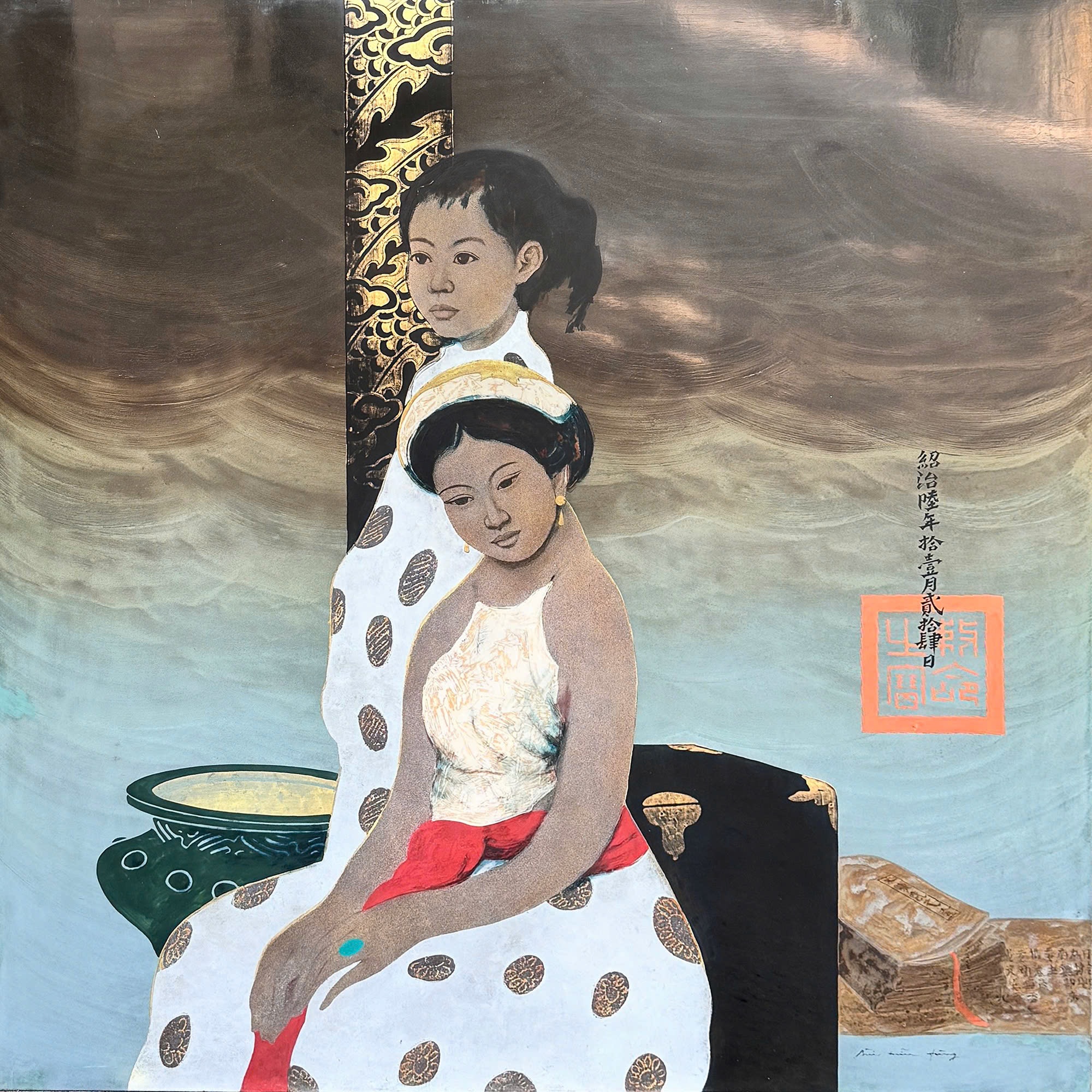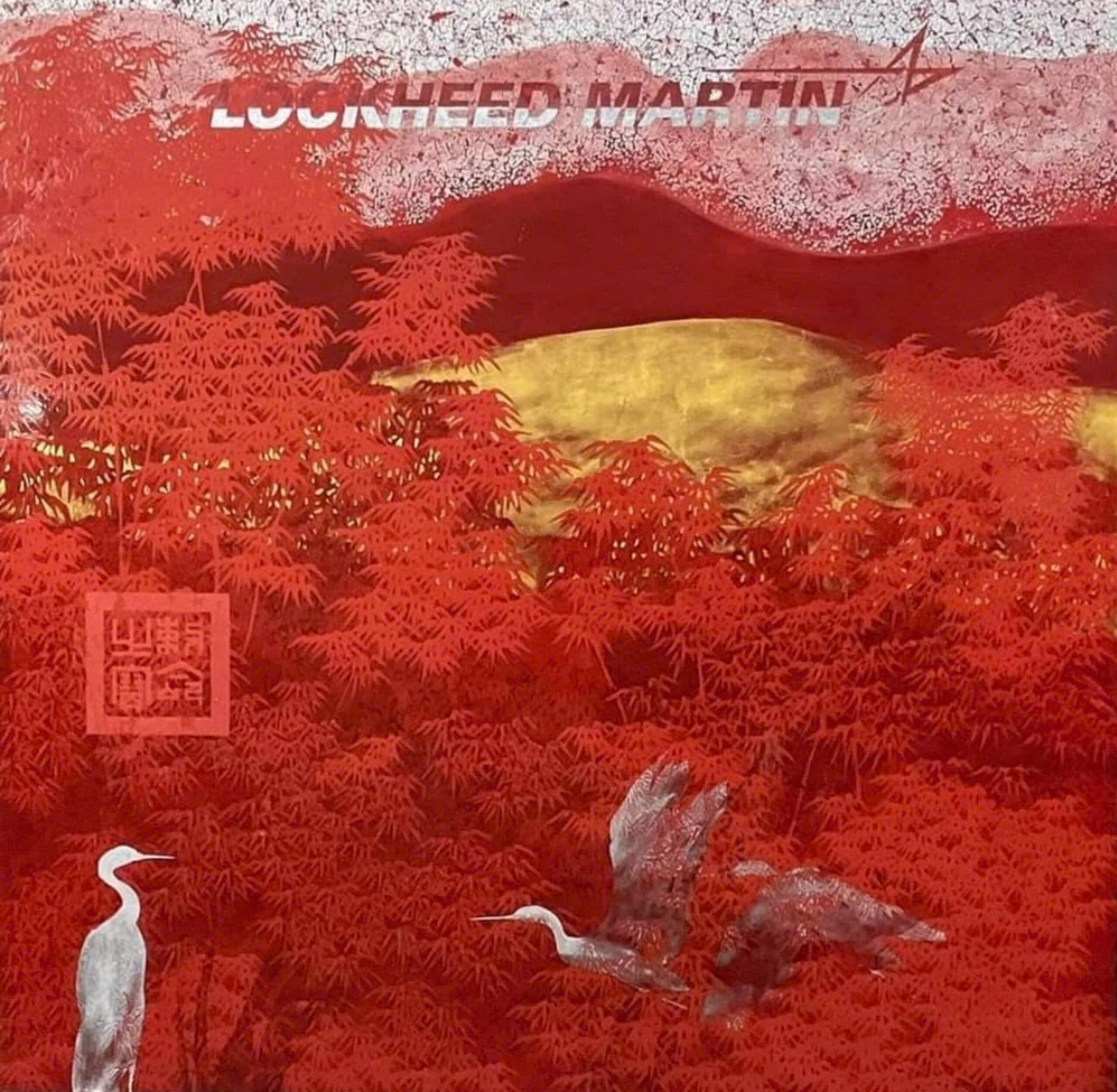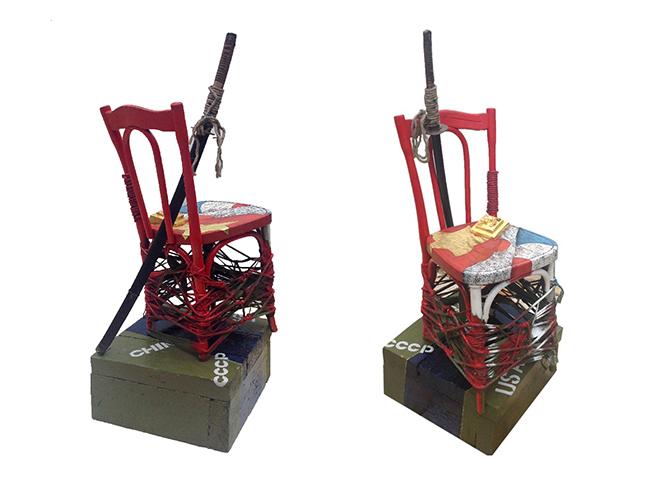As the conversation deepens, we begin to confront the heart of a larger dilemma: Why have so few Vietnamese artists gained true global recognition? In this section, Bui Huu Hung reflects candidly on the structural and cultural challenges Vietnamese art continues to face—both within and beyond the nation’s borders. From fragmented national efforts to a fading sense of cultural pride, he shares how the absence of unity, institutional support, and international engagement has stalled Vietnam’s artistic presence on the world stage. Yet within this absence lies possibility: the potential for reinvention, rediscovery, and a more confident Vietnamese voice in the global art narrative. Join us as we explore these urgent questions in Part 3 of our exclusive interview with Bui Huu Hung: Standing Without a Label: Art Beyond National Identity.
Click here to read Part 1 and Part 2 of the interview.
D: That leads into my next question. Why do you think many Vietnamese artists still haven’t gained global recognition?
BHH: The first mistake is, if we’re being honest, part of the problem lies with how Vietnamese operate. We’re lacking genuine engagement. And within that absence, there’s also this: people lack unity. Our version of ‘fierce’ is… well, loose. Individualistic. Lots of big talk, but when it comes to actual collective action? Not enough. Hopefully the coming years will change this. If future generations step up, our regional character could become our greatest strength. This quality of ours is incredibly potent. Art requires an entire foundation: government support, social engagement, and youth trends. We are all rushing into economics, IT, and other fields, forgetting our national identity, art, and culture. We even consider our own culture backward while craving new aspirations, abandoning our true values. It’s like having beautiful monolids but wanting double eyelids, or lovely dark skin but craving pale whiteness. We’re losing sight of our beauty.
We need foreign engagement and friction to shine. And… we must thank the Chinese. You might not know this, but I must acknowledge that the Vietnamese and Chinese cultures share similarities. When Chinese culture rises, Vietnam follows closely behind. For instance, when people admire Chinese art, they might then notice Vietnamese art. The same goes for cuisine. But if they reject us outright—’Get all these black-haired, yellow-skinned people out’—we lose that influence and momentum. Without fans, nothing changes.
D: When envisioning the future of your work—where it lives, how it’s presented, and who engages with it—what matters most in selecting a gallery or institutional partner? Is your decision driven by personal ambition, or are there deeper motivations at play?
BHH: Is this ambition personal? Because an artist’s true ambition isn’t just personal success, it’s seeing their work on the right walls. Museum walls. Collector’s walls. Corporate or gallery walls. Which walls? My aspiration has always been the highest, most prestigious walls. That’s no longer personal ambition. It becomes national ambition. These walls represent decades of yearning, lived experience, the hopes of my generation and those before me. Our predecessors shared this dream. I’m just the most relentless.
I want my work in those valorized spaces—call them halls, palaces… even “castles.” Once, we spoke of “castles of science.” Vietnamese achievements belong in humanity’s grand castles. Art has its own castle. But to put it plainly: my paintings must occupy walls where the world sees Vietnam. Not just me—Vietnam itself. Our land, our spirit. Even if the work is abstract, with no literal Vietnamese imagery, our soul must resonate.
D: On that note—when I view Vietnamese art, from Indochina to contemporary eras, the world still labels it Vietnamese art. Our national spirit is undeniably strong in our art. But when will Vietnamese artists be recognized simply as artists—great artists—without the “national” qualifier? This national identity is a double-edged sword.
BHH: Exactly. A double-edged blade. General slogans won’t suffice. First, you must step into humanity’s castle as a citizen of the world. Not waving the flag of your nation’s suffering—that bitterness is different. It’s the bitterness of neglect.
In every museum I’ve visited—from tiny American tribes to Amazonian villages, Balinese islanders—they’re all represented. African nations with breathtaking works. Vietnam? Almost absent. Beyond personal ambition, this absence is a profound sorrow. I know where I belong: if no one else is there, I’ll be the pioneer. That’s the ultimate aspiration.
This isn’t about nationalism. The Chinese, Cambodians—they’ve claimed their space. Many Vietnamese works could stand beside theirs, but don’t. Is it our fault? Undervaluation? Or have we failed to deliver? Our work must earn its place, not as “Vietnamese art,” but as art. Period. For all their skill—and many Vietnamese artists are brilliant, deeply knowledgeable—they remain outside those halls. Our cultural “lowland” is too deep. From my earliest days wandering museums in New York, Paris, my hunger was clear: to see our work on those walls. Even one Lê Phổ piece tucked in a corner moves me. But surrounded by Thai, Taiwanese, Indonesian names, it’s bittersweet.
We Vietnamese must acknowledge our shortcomings too. Perhaps our efforts haven’t been enough. My generation received no proper training. We’re missing an entire foundation. It’s disadvantageous, yes. But I firmly believe—and this isn’t blind patriotism or political rhetoric—that Vietnamese creations will change the world.
Not necessarily through art alone. Perhaps through tourism. Through cuisine. Through our unique Vietnamese intellect. Through advancements in mathematics, literature. That phrase comes from Ho Chi Minh, don’t dismiss it as outdated or political! When he said “Vietnam must stand shoulder to shoulder with the world powers,” he meant full equality in culture, art, everything.
When Uncle Thai (Le Hong Thai) and I first exhibited in France, I was overwhelmed—not by inferiority, but by the void awaiting us. An international void, not a pit of weakness. There’s still space for Vietnamese souls in that global arena.
Paint like the masters, but your spirit differs instantly. Imagine Vietnamese Post-Impressionism—same technique, but with our landscapes and soul? You’d gain equal footing immediately. Our failure to do so is our own.
My dream? To enter that “castle” of world art—unrelated to Trong Com drums, Quan Ho folk songs, or village communal house. That’s why I broke free: no crafts, just modern art. Lacquer? I push it to rival oils and acrylics, to invent something the world adopts.






